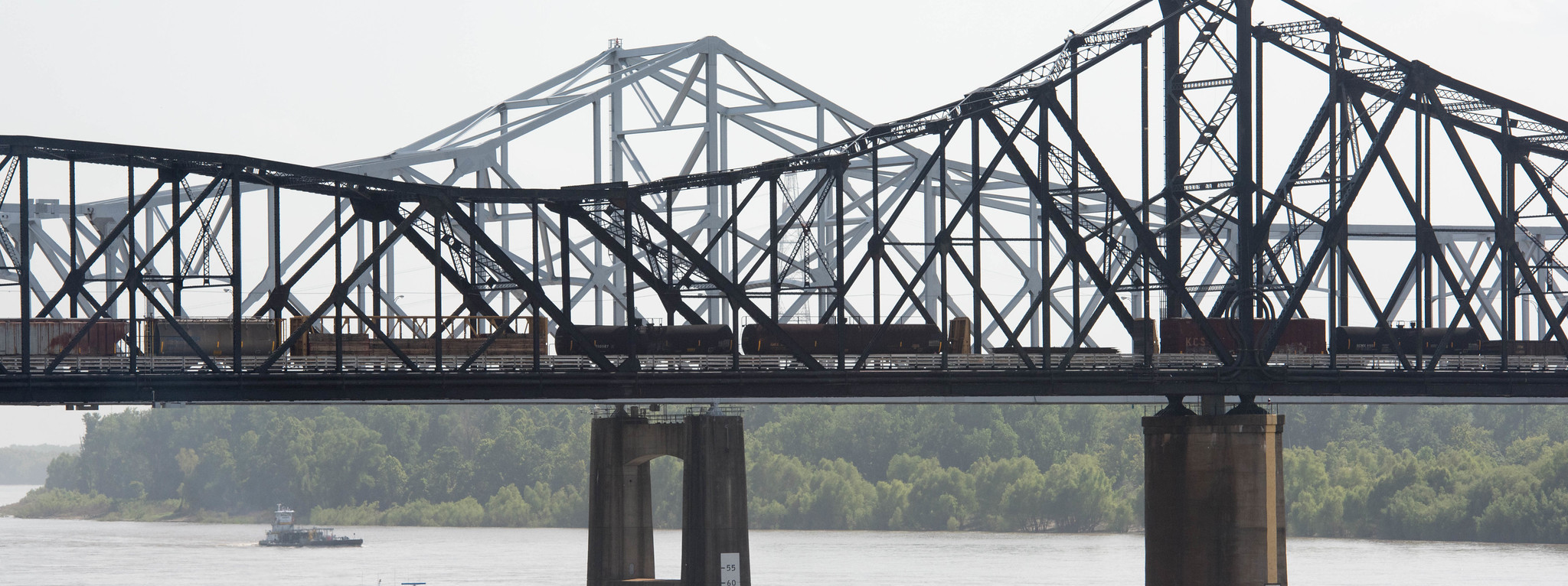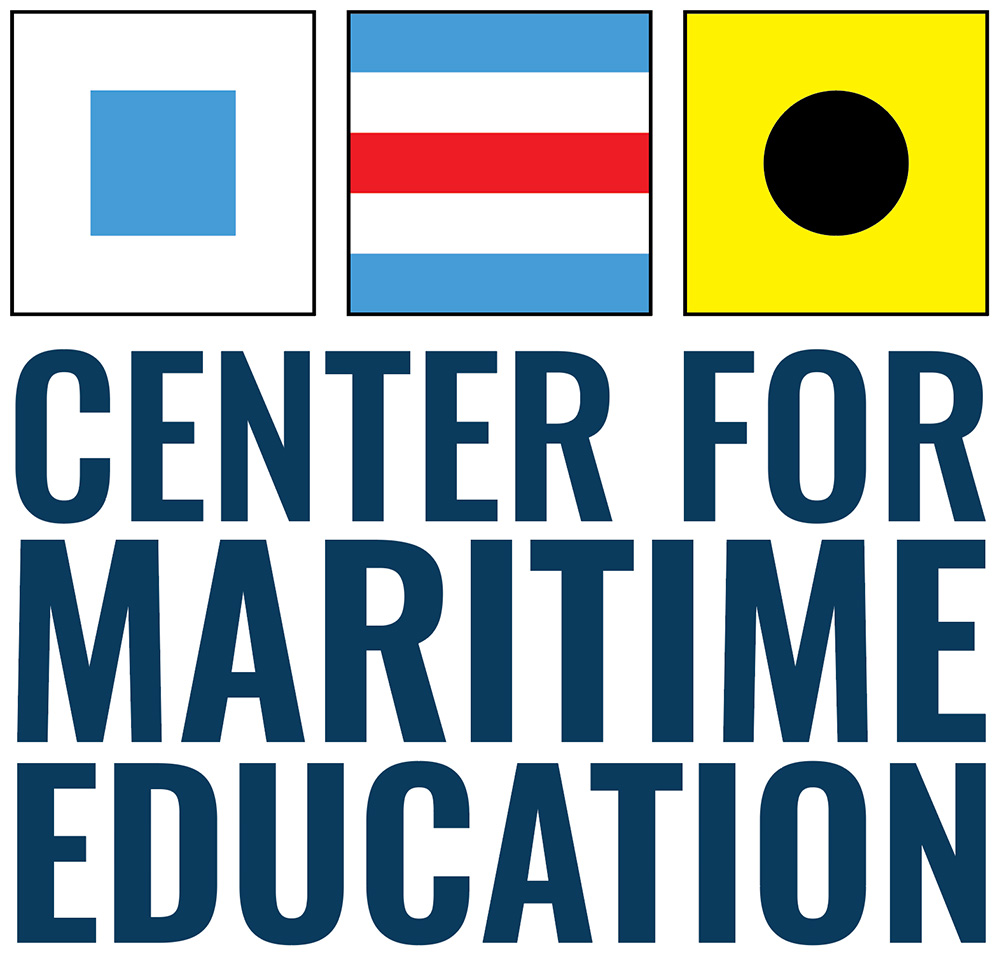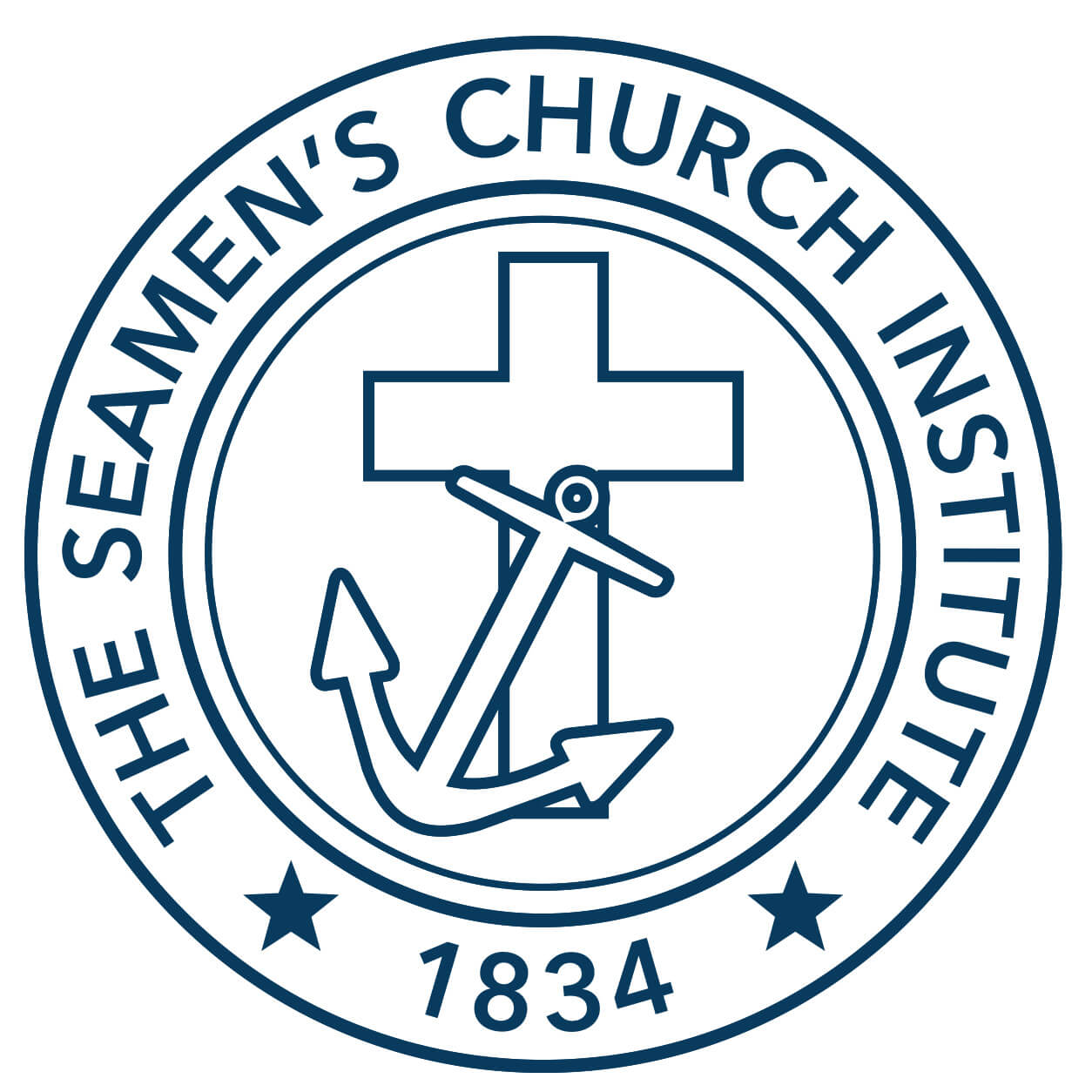Feasibility Studies


In the marine transportation industry…
A feasibility study is an assessment of a proposed new construction or modification of a bridge, dock, berth, or vessel design’s success.


HARNESSING EXPERIENCED MARINER FEEDBACK COMBINED WITH ADVANCED SIMULATOR TECHNOLOGY
- Analysis & research by experienced mariners
- Findings generated by cutting-edge simulator technology
- SCI feasibility studies save millions in project costs
- Comprehensive & detailed reporting
At SCI’s Center for Maritime Education, an engineer’s initial concept and designs are run through a gamut of real-world scenarios applying hundreds of variables with maneuvers performed by actual mariners. The mariners’ feedback and other findings generated by SCI’s leading-edge simulator technology is incorporated into a modified design that is then subjected to another round of tests. In this way, design refinement can be established even before permit applications are submitted to the regulators for project approval. Most of SCI’s studies deal with projects impacting navigation, including waterfront development and bridge spans.
At the end of each study, SCI produces a detailed report documenting findings to assist in the process of planning and construction.
CONTACT
This is the second time I’ve used SCI simulators in the past year. It just goes to prove that this class of simulator with this level of professionalism is an essential tool in establishing proof of concept for the construction and design of any port facility anywhere in the world.
~ Captain John Swann , Buckeye Partners
Click + to open:
Benefits to Mariners
- Brings the voice of the mariner to the project by facilitating mariner input in the design process of vessels and maritime infrastructure.
- Generates increased safety and usability in the mariner’s workplace.
- Alerts mariners to the navigational impacts of a project before it is built and allows for testing of mitigating strategies in a plan for completing evolutions safely within the new structures.
Benefits to Clients
- Brings the voice of the mariner to the project by facilitating mariner input in the design process of vessels and maritime infrastructure.
- Generates increased safety and usability in the mariner’s workplace.
- Alerts mariners to the navigational impacts of a project before it is built and allows for testing of mitigating strategies in a plan for completing evolutions safely within the new structures.
Benefits to Engineering Firms
- Affirmation that design is correct while still in permit stage rather than fixing errors after construction
- Test and refine innovative ideas without risk to people or the environment
- Allows engineer to make informed design improvements
- Reduces cost and mitigate disruption to the environment by refining broad-stroke definitions provided in federal and international guidelines
- Reduces timeline of regulatory approval process by testing with appropriate representatives of local pilot association, mariners, Port Authority, and tug service providers.
- Clarifies design by integrating user input
Benefits to Port Authorities and Regulatory Agencies
- Instills confidence in understanding the impact of the project
- Example: study helps demonstrate the regulatory requirement that a bridge will not be an unreasonable impediment to navigation
- Example: study may reduce dredging requirements from the “presumed requirements”
- Confirms that important maritime stakeholders have provided their input through a formal process
Throughout a study, captains and pilots can test navigability through multiple situations considering variables such as medium or high flow currents, day or night situations, fully loaded or empty vessels, and the direction of approach in different scenarios. After each run, participating mariners are debriefed, providing feedback on the navigational safety of the scenario.
~ Captain Stephen Polk, MNI, Director of CME:
SCI’s Studies Examine Opportunities, Challenges and the Prospects for Success
Beginning from an assortment of engineering and photographic data sources, SCI staff can assemble a site-specific visual database of any study area. Our visual databases consist of a 3D visual representation of the existing site, along with any proposed design alternatives. Meanwhile a series of powerful computational simulations are being calculated in real-time behind the scenes. These simulations determine how the vessels would physically interact in the real world, based upon number of factors including current, depth, and weather data for the area.
With the power of SCI’s Maritime Simulators in Houston, TX, and Paducah, KY, ship pilots can perform various maneuvers within a virtual environment, navigating through proposed site alternatives. Throughout the exercise, pilots can test navigability through multiple situations, taking into account variables such as medium or high flow currents, day or night situations, fully-loaded barges or empty barges, and upriver or downriver scenarios. After each run, captains and pilots debrief, commenting on the ease or difficulty of the scenario and the safety margins that could be expected with new construction in the area.
